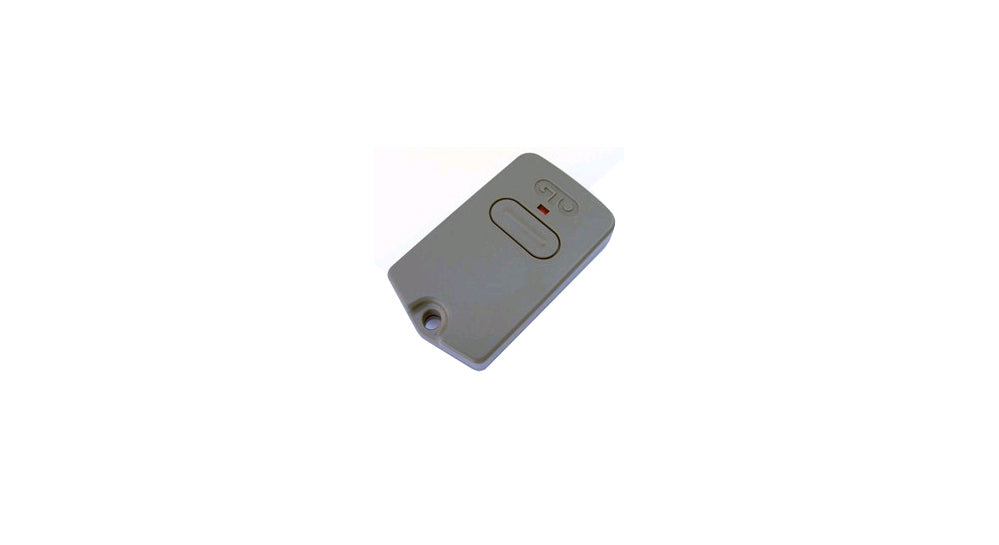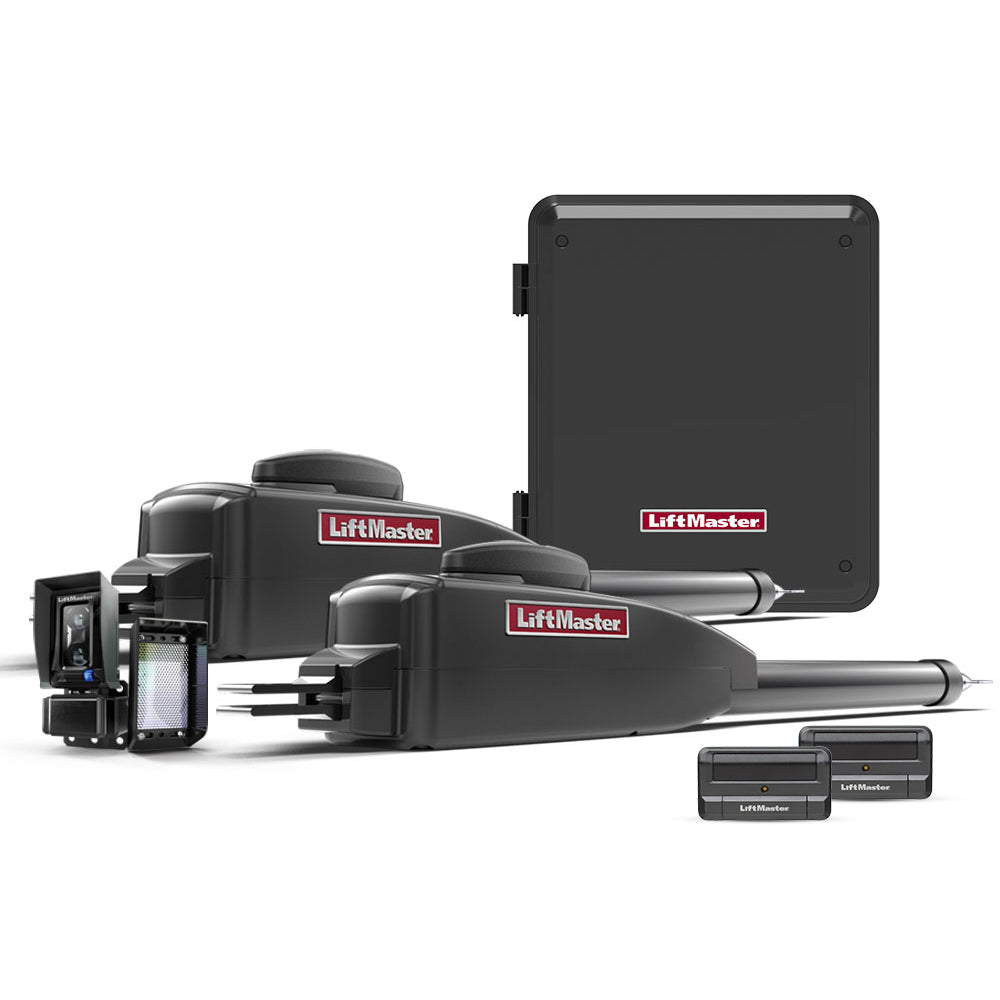A rolling code (or sometimes called a hopping code) is used in keyless entry systems to prevent replay attacks, where an eavesdropper records the transmission and replays it at a later time to cause the receiver to 'unlock'. Such systems are typical in garage door openers and keyless car entry systems.
Application in RF remote control
A rolling code transmitter is useful in a security system for providing secure encrypted radio frequency (RF) transmission comprising an interleaved trinary bit fixed code and rolling code. A receiver demodulates the encrypted RF transmission and recovers the fixed code and rolling code. Upon comparison of the fixed and rolling codes with stored codes and determining that the signal has emanated from an authorized transmitter, a signal is generated to actuate an electric motor to open or close a movable component.
Rolling code vs. fixed code RF remote control
Remote controls send signals in code. When the sending code is the same as the code which is expected by the receiver, then the receiver will actuate the relay, unlock the door, or open the barrier. Remote controls with a fixed code always send the same fixed code. Remote controls with a rolling code (or hopping code) always send out a different code from the one previously sent.
Before this rolling code system was developed, thieves were able to use electronic devices called "code grabbers" to lock onto your key fob's unique signal. With rolling codes, the signal is unique every time, rendering a code grabber device useless. The rolling code is meant only to stop replay attacks. The encryption is meant to secure the rolling code to avoid it being broken.












